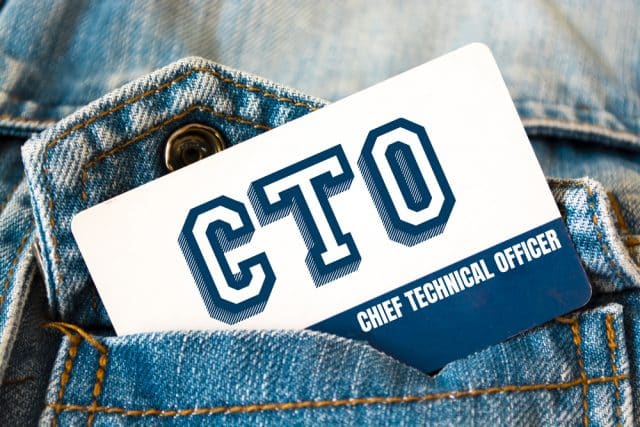How to ensure a smooth transition as a new CTO

Beginning a CTO role can be a daunting prospect, especially if you’re completely new to the company. There are lots of plates to spin, people to meet and ways of working to get used to, so it’s crucial you’re on top of your game from the outset.
In effect, those first few months in the position are about learning as much as possible in a short space of time. This learning process should encompass all elements of the business, including the company itself, its culture and your colleagues. Below, we have outlined six key areas that new CTOs can focus on, to make your transition into the role as smooth as possible.
Get to know your predecessor
If possible, a new CTO should interview their predecessor. Most CTO-led programs are tied to long-term goals with relatively long implementation cycles, so getting a holistic view early on is invaluable.
The predecessor is likely to provide some unique insight that is left out of the other documentation that a new CTO typically receives. Try to have them introduce you to the other department leaders, executives and your direct reports. Getting their stamp of approval will make your transition much easier.
Learn the culture
This requires asking a lot of questions and listening intently to people across the business. After all, success as a CTO hinges on being able to understand how the company operates and adapting your approach to integrate with this, rather than implementing sudden and sweeping changes to working methods that may be poorly received by staff.
Studying the McKinsey 7S framework and using this as a basis for your approach to learning the culture is a good idea, as it will help you find your fit and learn how to best communicate across the organization.
Perform a high-level assessment of current IT capabilities and commitments
There won’t be enough time to get deep into the weeds given the fast-paced and demanding nature of the CTO role, but getting too granular isn’t really your focus anyway. You need to gain an understanding of your assets, how things are managed, and the cycles of deployment and maintenance.
Making use of ITIL (Information Technology Infrastructure Library) methodologies can be helpful in this area as they will assist you in conducting your assessments in a strategic manner that has the health of the wider business in mind.
Look for quick wins in your first 90 days
Small victories in the early days of your role will be hugely beneficial in creating positive energy in your team and building harmony between colleagues. These wins also help build all-important momentum that will drive yourself and your team to new levels of success in the long term.
Build your initiatives for the first year
While quick wins are key, you should also be mindful of asking for too much money or too many resources in the early days. Most organizations have an undefined appetite for change, but when you push for too much, you’ll know right away when you’ve exceeded that appetite. Be ambitious, but be sensible too.
Review existing agreements
Be sure to review all of your third-party vendor agreements, along with MSAs (master service agreements) and SLAs (service-level agreements). In the post-pandemic world, much of what you’re responsible for won’t live inside your ecosystem, so gaining full visibility is essential.
You should know what expectations have been set with your vendors, bearing in mind that any breach they experience is your breach too.
Hitting the ground running
The CTO role is a challenging one, but with the right preparation, there’s every possibility you can make a positive and productive start. The key is to learn as much as possible about how your company operates in those early days, weeks and months, so that you can show ambition while setting realistic targets for the business. Succeed in making a smooth transition, and you’ll lay the groundwork for many years of success in the position.
Image credit: Uuganbayar.B/depositphotos.com

Lukasz Koczwara, VP of Engineering at STX Next and Patrick Kelley, Founder and CEO at Critical Path Security. STX Next is the largest software house in Europe specializing in designing and creating digital solutions in the Python programming language.
To download The New CTO’s Handbook by STX Next, click here.
